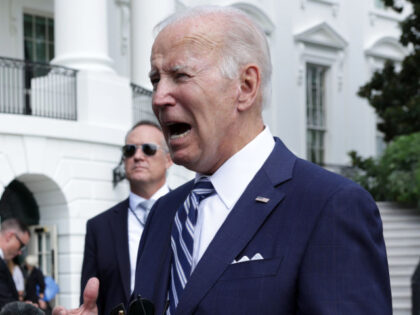Too Damn High! Urban Rent up 23% Under Biden-Harris
The nationwide rent average has shot up by 23 percent under the Biden-Harris administration, new Consumer Price Index (CPI) data from the U.S. Bureau of Labor Statistics shows.

The nationwide rent average has shot up by 23 percent under the Biden-Harris administration, new Consumer Price Index (CPI) data from the U.S. Bureau of Labor Statistics shows.

Americans are having a hard time finding the “joy” and “hope” Democrats have touted, as they struggle to pay their bills due to inflation.

Consumer prices have soared 20.2 percent since Vice President Kamala Harris and President Joe Biden took office 42 months ago.
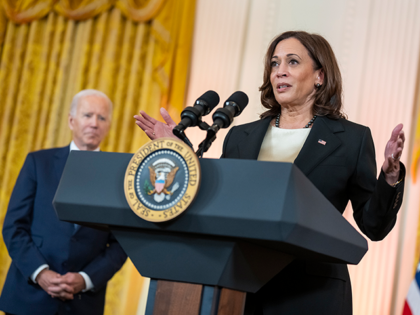
You have to go back to Jimmy Carter to find food prices rising this fast.
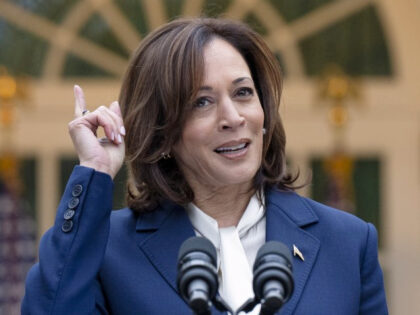
Inflation picked up in July, reversing the decline in prices seen in the prior month, but remained cool enough to lock in a rate cut from the Federal Reserve next month. The consumer price index climbed 2.9 in July from
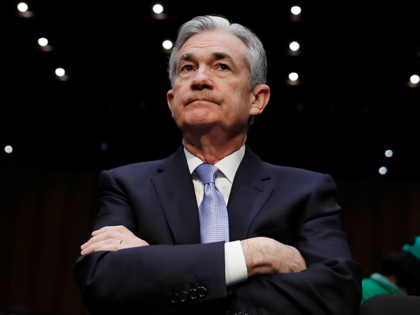
After the June decline, prices are up 18.8 percent since Biden took office. During the same three-and-a-half-year period of Donald Trump’s presidency, prices rose just 5.3 percent. Prior to the pandemic period, prices rose 6.2 percent under Donald Trump.

The prices of auto repair, auto insurance, and parking have surged since 2023, according to March Consumer Price Index (CPI) data.
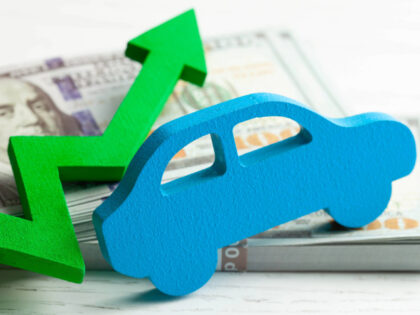
Pet and veterinary service prices have spiked dramatically since 2023, according to March Consumer Price Index (CPI) data released Wednesday.

The costs of daycare and school have soared to nearly five percent since 2023, March Consumer Price Index (CPI) data shows.

The worse than expected inflation likely dashes hopes for a rate cut in June.
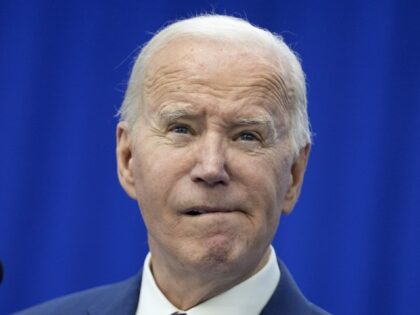
Inflation is re-igniting, and there is a danger of significant overheating. This should keep the Fed from cutting interest rates in June or July—and very likely for the rest of the year.
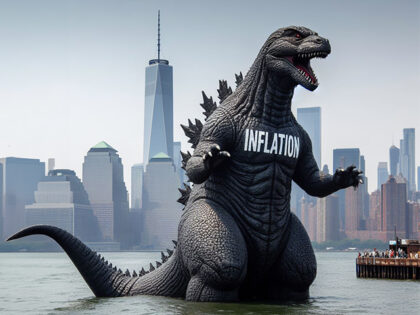
Last week’s inconclusive jobs data means that this week’s inflation data has the potential to be very consequential.

Inflation, having long since overstayed its welcome, announced on Tuesday that it was just getting comfortable.

Monetary policy may be a dead end. Perhaps it’s time to start looking elsewhere for what is really driving inflation and growth.
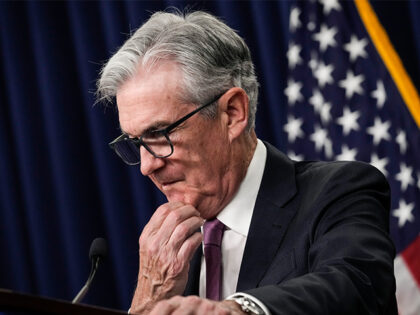
Inflation picked up by more than expected in December as prices of energy, food, shelter, and services surged higher.
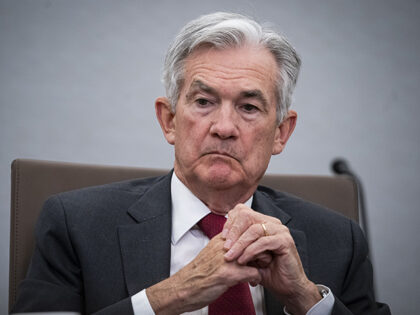
The consumer inflation report this week has the potential to upset the consensus view that the Federal Reserve will start cutting rates in the first quarter of this year.

The inflation report released Tuesday is unlikely to do much to support the idea that Bidenomics has been a boon for the American economy.
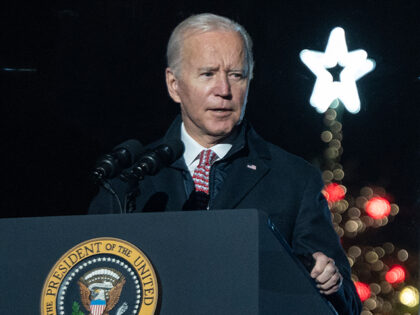
Inflation accelerated slightly in November, marking the thirty-second consecutive month with annual prices rising significantly faster than the two percent target seen as healthy by the Federal Reserve. The consumer-price index, the Labor Department’s broad measurement of what consumers pay
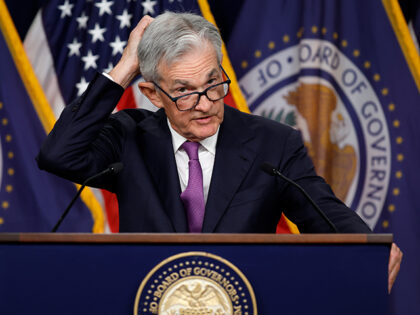
The Federal Reserve’s fight against inflation has faltered.
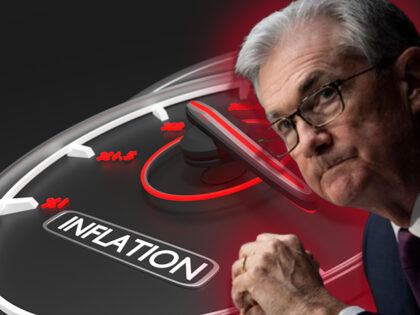
Economists had forecast a rise of 3.6 percent, down from 3.7 percent in August.

The risks of inflation persistence got harder to ignore with Wednesday’s release of the consumer price index for August, and rising energy prices played a big part.
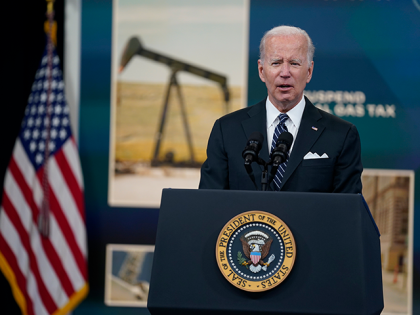
Prices rose rapidly as the summer wound toward its sweltering end in 2023, with monthly inflation rising at the worst pace in 13 months.

Inflation is proving sticky despite record Fed hikes.

Inflation fell by more than expected in June.
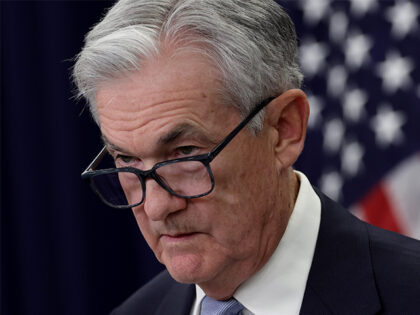
On Wednesday’s broadcast of MSNBC’s “Katy Tur Reports,” White House Council of Economic Advisers Chair Jared Bernstein stated that we have seen a trend of “CPI growing more slowly” and the growth in the Consumer Price Index (CPI) is less
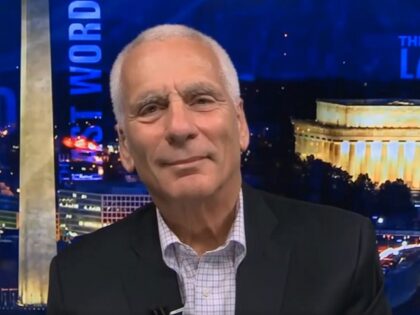
The consumer price index, a key barometer of what consumers pay for goods and services, rose four percent last month from a year earlier, the Labor Department said Tuesday. Compared with March, the consumer price index (CPI) rose 0.1 percent. Core
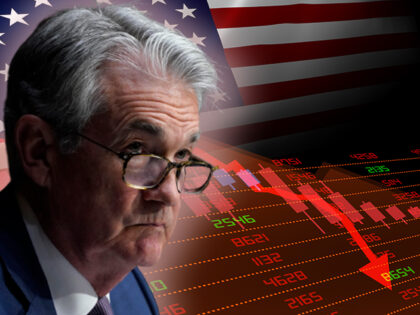
Inflation has eased from its worst levels last summer but progress has been slower than expected and prices are still rising too fast.
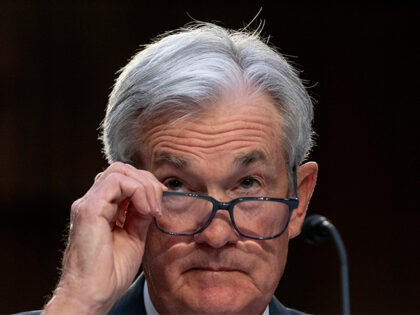
Headline inflation slowed on a month to month basis but core price increases picked up the pace.

As the U.S. inflation accelerates in January, despite the efforts to bring down the prices hikes with higher interest rates from the Federal Reserve, new data shows egg prices have increased 70 percent.
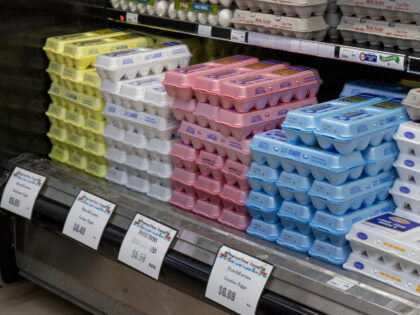
With the U.S. inflation accelerating in January, despite the efforts to bring down the prices hikes with higher interest rates from the Federal Reserve, many consumer categories are still being hit hard.

The consumer price index rose by half a percentage point in January.
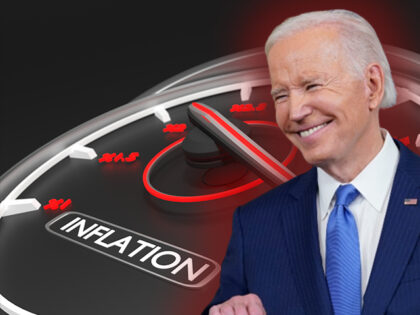
Weaker-than-expected holiday sales led to deeper discounts from retailers, wholesalers, services businesses, and producers.

While overall inflation is cooling, prices in the services sector are up the most since 1982.

Food prices, however, are still rising at a rapid rate.

Here we go again. The Commerce Department on Wednesday said that consumer spending grew by 1.3 percent compared with September, when spending was unchanged with the prior month. Compared with a year ago, retail sales were up 8.9 percent. Total

A family in Venezuela required on average the equivalent of 28.32 months’ worth of the country’s minimum wage to be able to properly afford food during September, according to data published by the Center for Documentation and Social Analysis of the Venezuelan Federation of Teachers (CENDAS-FVM) on Sunday.
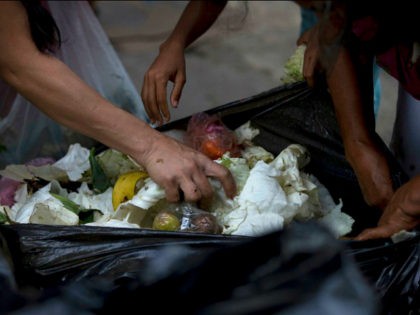
Vulnerable House Democrats continue to make remarks in debates about being focused on inflation and the economy while “inflation continues to erase wage gains for most workers.”

Economists had expected the index to be up 0.2 percent on a monthly basis and 8.1 percent compared with a year ago.

In reality, inflation unexpectedly accelerated in August to show prices rising once again.

Economists had thought inflation would be reversing in August.
